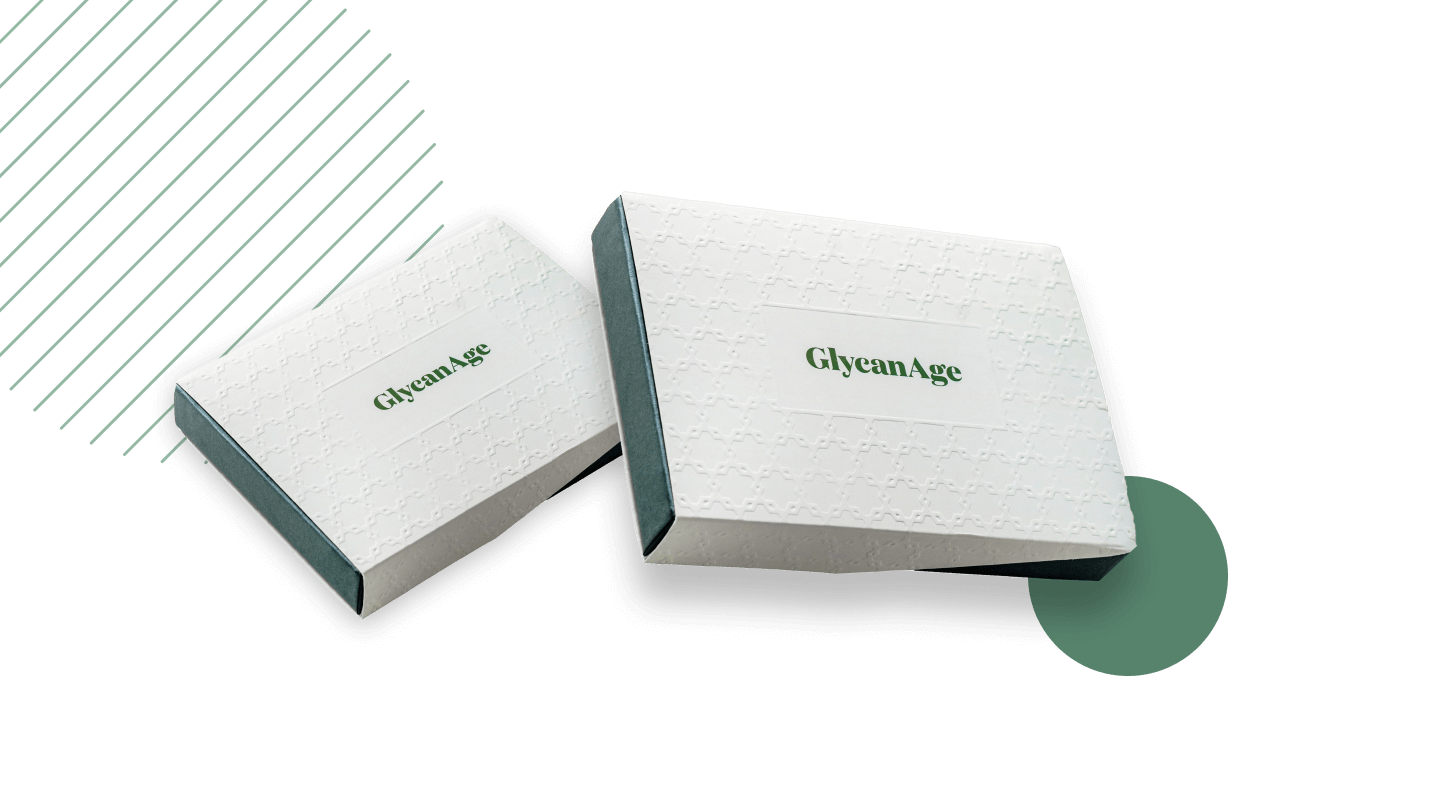How To Detox The Lungs And Breathe Easy?
How to cleanse lungs? How to remove mucus from the lungs naturally? Click here to learn how to reduce lung inflammation.
Imagine taking a deep breath of fresh air, feeling invigorated and revitalised. Now imagine the struggle of gasping for air due to inflamed lungs, feeling fatigued and distressed.
Lung inflammation can significantly impact one's quality of life, but thankfully, there are plenty of home remedies to clear the lungs and help alleviate the condition.
This article will provide you with the tools to address lung inflammation, empowering you to take control of your respiratory health.
Keep reading to discover the causes of lung inflammation, tell-tale symptoms, and natural lung detox techniques. Learn about the power of food in reducing inflammation and the medical treatments available for more severe cases.
So, take a deep breath, and let's begin the journey to understanding lung inflammation and how to clean your lungs.
What Causes Lung Inflammation?
From microscopic invaders to the air you breathe, a wide range of triggers can spark the onset of lung inflammation. The key culprits include:
-
Infections from viruses, bacteria, and fungi can stealthily infiltrate your lungs, instigating inflammation. Pneumonia, for example, is a notorious offender, as it is often triggered by bacterial infections that inflame the lungs' delicate tissues.
-
Allergens like pollen, mould, and dust mites may seem harmless, but they can provoke allergic reactions that ignite lung inflammation. These natural adversaries lurk in your environment, waiting to unleash their inflammatory potential.
-
Environmental irritants, such as air pollutants, tobacco smoke, and occupational hazards, can silently attack your lungs, causing inflammation that can gradually compromise your respiratory health. These substances can be found both indoors and outdoors, making them particularly challenging to avoid.
-
Long-standing lung diseases, such as asthma, chronic obstructive pulmonary disease (COPD), and cystic fibrosis, can perpetuate chronic lung inflammation. These internal struggles often require ongoing management to keep inflammation at bay and preserve respiratory function.
Symptoms of Lung Inflammation
The symptoms of lung inflammation can often be equally as mysterious as its causes. These subtle signals, often masquerading as minor discomforts, can be easily overlooked. Yet, recognising these tell-tale signs of lung inflammation is crucial in seeking timely intervention and safeguarding your respiratory health.
-
 Shortness of breath can be a deceptive symptom, as it can be easily dismissed as a result of exertion or fatigue. However, when breathing becomes consistently laboured, especially during physical activity, it may be an indicator of lung inflammation.
Shortness of breath can be a deceptive symptom, as it can be easily dismissed as a result of exertion or fatigue. However, when breathing becomes consistently laboured, especially during physical activity, it may be an indicator of lung inflammation. -
A nagging cough that refuses to subside, particularly if accompanied by mucus production, can be a vital clue pointing towards lung inflammation. This seemingly innocuous annoyance may be the body's desperate attempt to expel irritants and alleviate inflammation.
-
Chest pain or discomfort, often intensifying during deep breaths, can be a symptom of lung inflammation lurking beneath the surface. This subtle distress signal should not be ignored, as it may indicate an underlying inflammatory process.
-
Chronic lung inflammation can cast a shadow of tiredness and lethargy over one’s life. This unyielding exhaustion may seem unrelated to the lungs, but it can be a significant indication that the respiratory system is under stress.
-
A whistling sound when breathing, most noticeable during exhalation, can be a veiled warning sign of lung inflammation. This signal, while easily dismissed, may be the body's cry for help as it battles inflammation within the lungs.
How To Clean Lungs Naturally?
By incorporating ancient wisdom and modern insights, you can create a personalised lung detoxification ritual that will help reduce inflammation and breathe new life into our respiratory system. Consider the following steps:
Mindful breathing
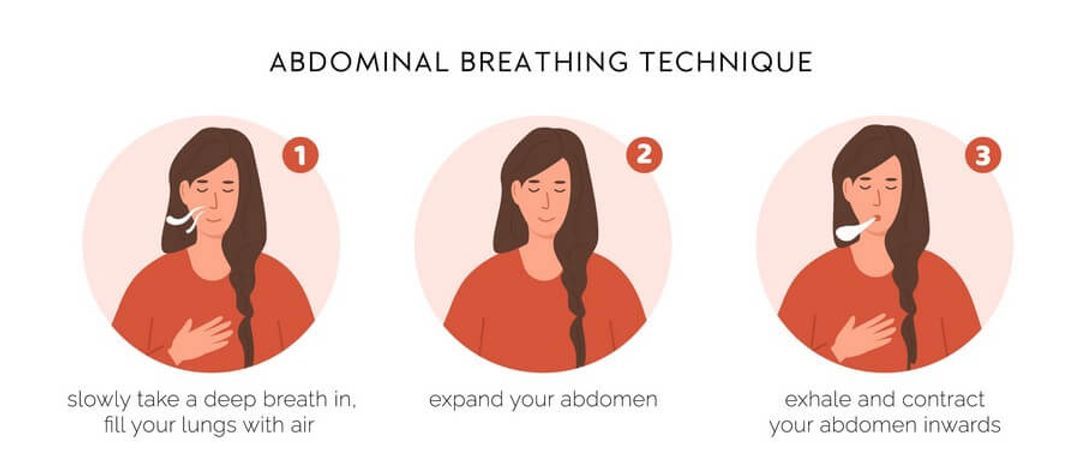
Practising mindful breathing techniques can be a transformative experience for your lungs.
Diaphragmatic breathing, also known as belly breathing, engages the diaphragm and helps increase lung capacity, while pranayama, an ancient yogic practice, utilises various breath control techniques to cleanse and balance the body's energy channels.
By dedicating time each day to deep, focused breathing, you can stimulate lung detoxification, enhance oxygenation, and reduce inflammation.
Exercise
 Physical activity is vital for maintaining lung health and promoting detoxification.
Physical activity is vital for maintaining lung health and promoting detoxification.
Aerobic exercises, such as brisk walking or swimming, help improve lung function by increasing the lungs' ability to take in oxygen and expel carbon dioxide.
Similarly, yoga, with its combination of mindful breathing and gentle stretching, can also enhance respiratory muscle strength and flexibility.
Aim for at least 30 minutes of moderate-intensity physical activity most days of the week to facilitate lung detoxification and reduce inflammation.
Essential Oils

The use of aromatic herbs and essential oils can be a soothing and healing addition to your lung detoxification routine.
Essential oils like eucalyptus, peppermint, and rosemary oils contain compounds like cineole and menthol, which possess anti-inflammatory and expectorant properties. You can try adding a few drops of these essential oils to a bowl of hot water and inhaling the steam to help clear nasal passages and relieve congestion.
Alternatively, an essential oil diffuser can be used to disperse the oils into the air, allowing for a more passive aromatherapy experience.
Hydration
 Adequate hydration is crucial for lung detoxification, as it helps to thin mucus, making it easier to expel.
Adequate hydration is crucial for lung detoxification, as it helps to thin mucus, making it easier to expel.
Aim to drink at least eight 8-ounce glasses of water per day, or consume water-rich fruits and vegetables, such as watermelon, cucumbers, and oranges, to stay hydrated.
Herbal teas, like green tea or ginger tea, can also provide additional antioxidants and anti-inflammatory benefits to further support lung health.
Controlled Coughing
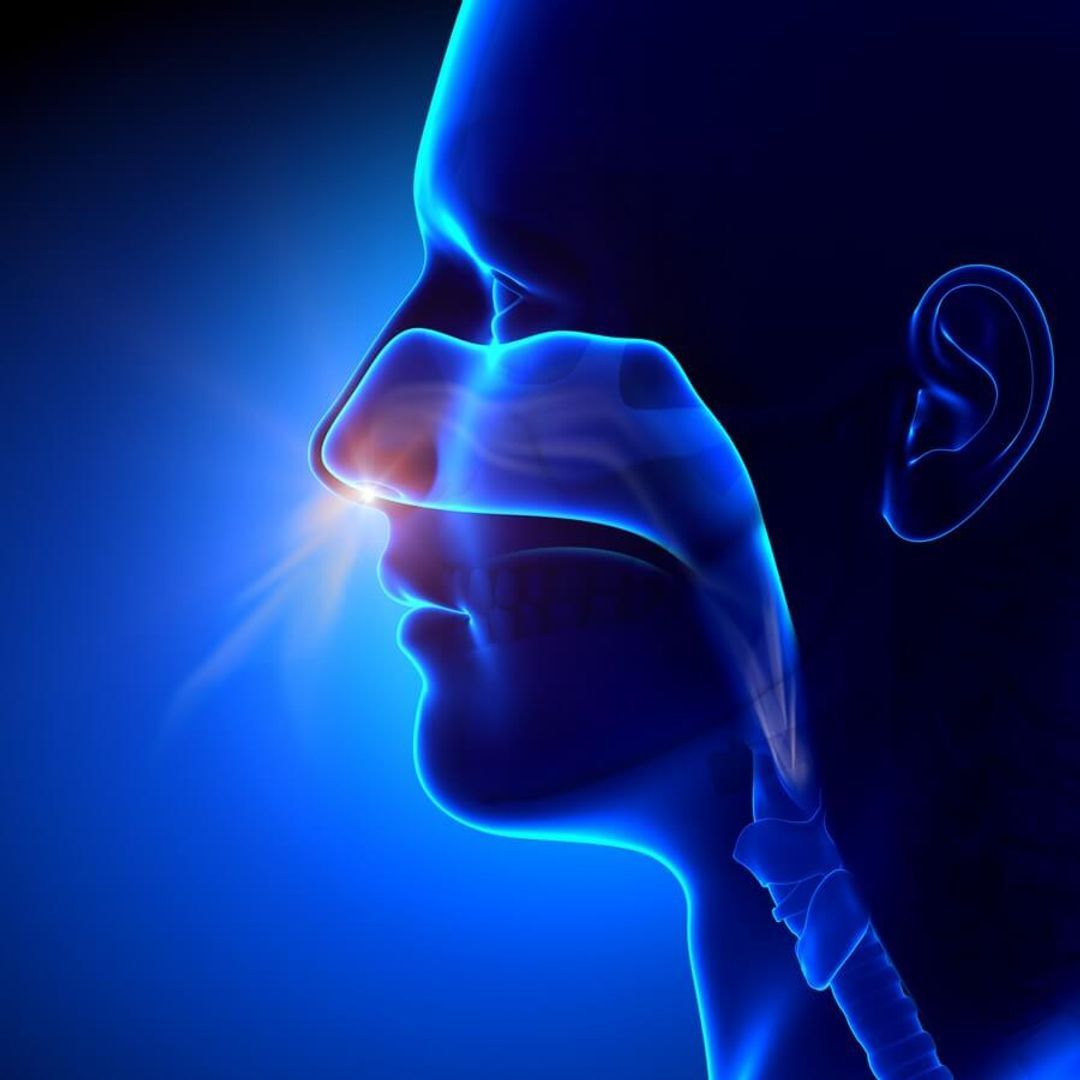 Controlled coughing, or the "huff cough" technique, is an active approach to lung detoxification.
Controlled coughing, or the "huff cough" technique, is an active approach to lung detoxification.
Take a slow, deep breath through your nose, allowing your diaphragm and belly to expand and hold it for two to three seconds. With your mouth slightly open, expel the air forcefully but not violently, as if trying to fog up a mirror. This should produce a "huffing" sound.
By repeatedly engaging in a deliberate, forceful exhalation, you can dislodge mucus and trapped irritants from your airways, promoting clearer breathing and reducing inflammation.
Combine controlled coughing with breathing exercises and postural drainage for optimal lung cleansing benefits.
Postural Drainage
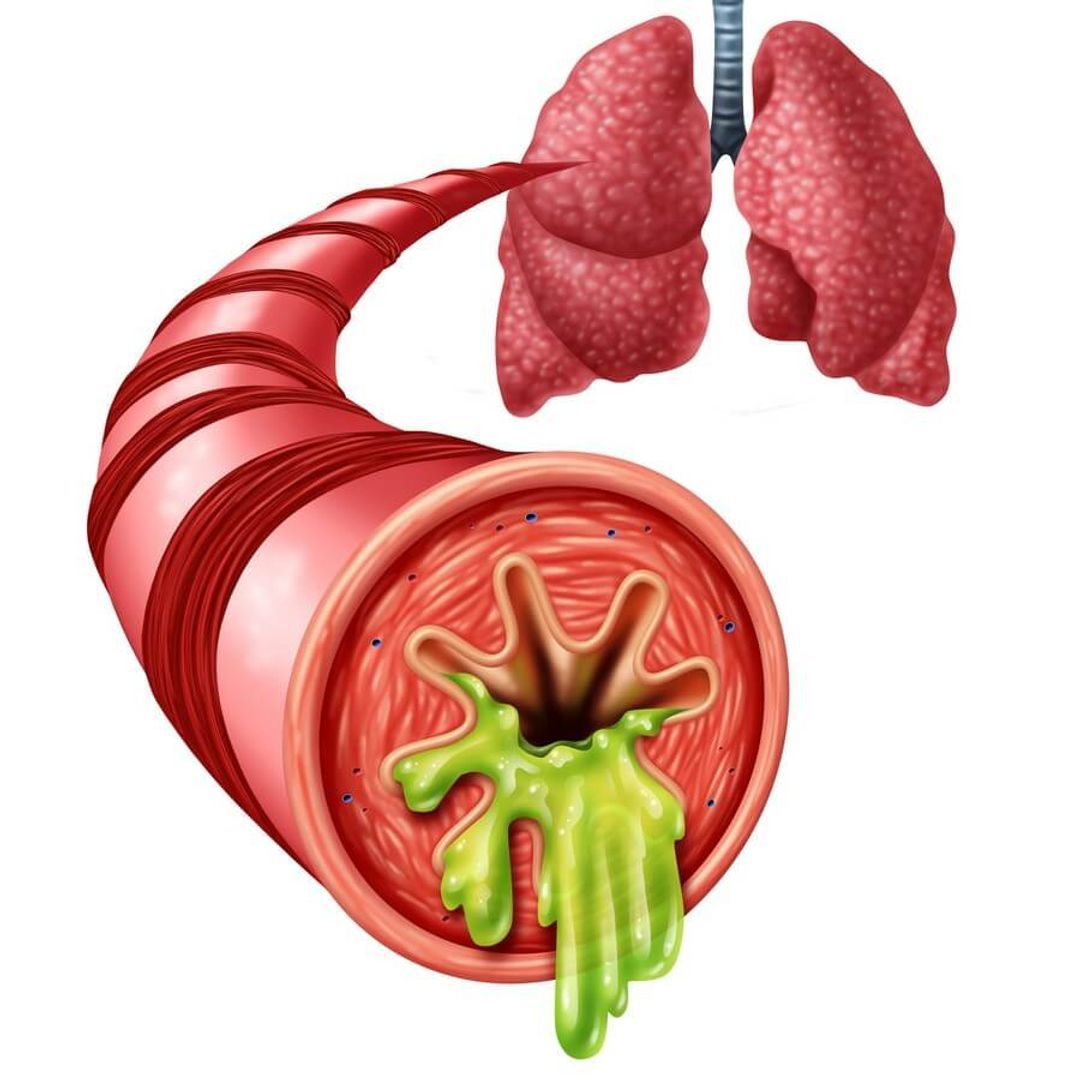 Postural drainage is an effective technique to aid in the removal of mucus and trapped irritants from the lungs, using gravity to facilitate the process.
Postural drainage is an effective technique to aid in the removal of mucus and trapped irritants from the lungs, using gravity to facilitate the process.
By positioning your body in specific ways, you can encourage mucus to flow from various lung segments, helping to reduce inflammation and improve respiratory function.
Common postures include lying on your back with your head elevated at a 30-degree angle (for upper lobes), lying on your side with the lower arm extended above your head (for middle lobes), or lying on your stomach with your head hanging slightly over the edge of the surface (for lower lobes).
Remain in each position for 5-10 minutes, breathing deeply and calmly. You may also incorporate controlled coughing or percussion (gently tapping your chest with cupped hands) to further assist in mucus clearance.
Percussion
 Percussion, also known as chest physiotherapy or chest clapping, is a technique used to help loosen and dislodge mucus from the lungs, facilitating its removal through coughing.
Percussion, also known as chest physiotherapy or chest clapping, is a technique used to help loosen and dislodge mucus from the lungs, facilitating its removal through coughing.
This gentle yet effective method can be used in conjunction with postural drainage and controlled coughing to enhance the lung detoxification process and reduce inflammation.
Using cupped hands or a percussion device, gently but firmly tap your chest and back in a rhythmic manner, focusing on the areas over the lung lobes. Avoid tapping over the spine, breastbone, or lower back to prevent discomfort or injury.
Continue percussion for 5-10 minutes on each lung area, periodically stopping to perform controlled coughing to help expel loosened mucus.
Steam Inhalation
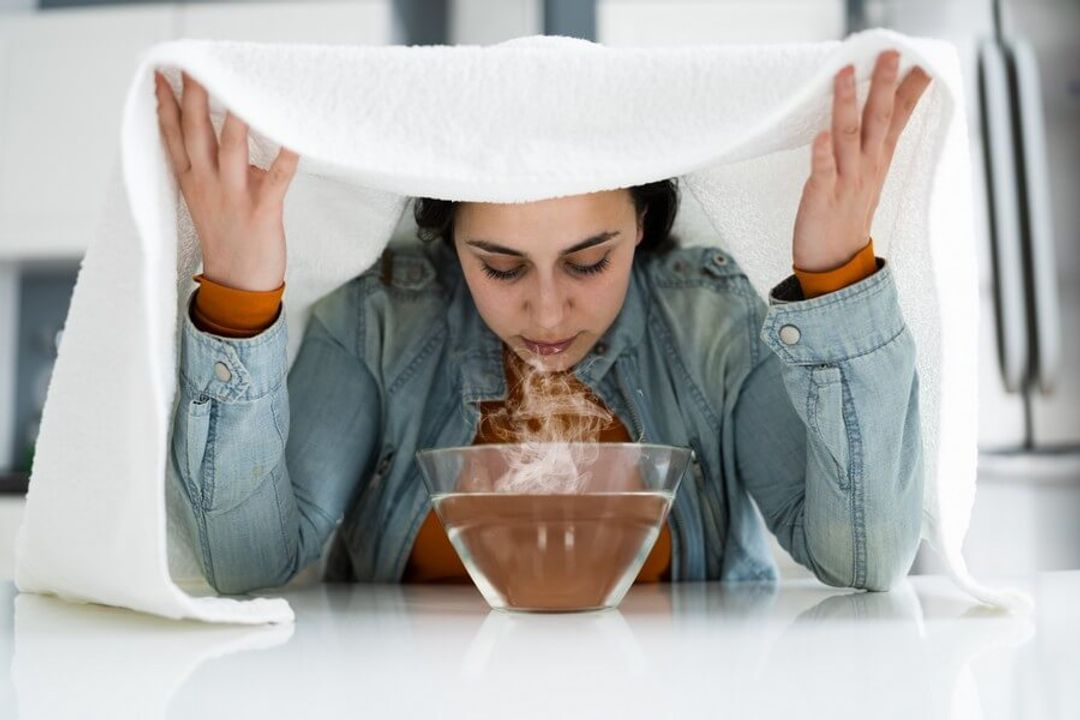 Steam inhalation, an age-old remedy for respiratory ailments, harnesses the power of warm, moist air to provide relief and promote lung detoxification.
Steam inhalation, an age-old remedy for respiratory ailments, harnesses the power of warm, moist air to provide relief and promote lung detoxification.
By breathing in steam, you can help loosen and thin mucus, making it easier to expel through coughing. This process can also alleviate nasal congestion and improve overall respiratory function.
When combined with fragrant allies like eucalyptus or peppermint oil, steam inhalation can provide additional anti-inflammatory benefits to further support lung health.
Quit Smoking
 One of the most significant steps you can take to reduce lung inflammation and promote lung detoxification is to quit smoking.
One of the most significant steps you can take to reduce lung inflammation and promote lung detoxification is to quit smoking.
Smoking introduces harmful chemicals and irritants into your lungs, causing inflammation and impairing their natural cleansing mechanisms.
By committing to a smoke-free lifestyle, you can significantly decrease your risk of lung diseases, such as chronic obstructive pulmonary disease (COPD) and lung cancer, while also allowing your lungs the opportunity to heal and recover from the damage caused by smoking.
Rest and Relaxation
 Sleep and stress management are often overlooked aspects of lung detoxification and healing.
Sleep and stress management are often overlooked aspects of lung detoxification and healing.
Poor sleep quality and chronic stress can contribute to increased inflammation in the lungs, leading to impaired respiratory function.
Aim for 7-9 hours of restorative sleep each night and practice relaxation techniques, such as meditation or progressive muscle relaxation, to help reduce stress and support the body's natural healing processes.
Foods to Reduce Lung Inflammation
Incorporating anti-inflammatory foods into your diet can help reduce lung inflammation and promote overall lung health. Some beneficial foods include:
-
 Omega-3 fatty acids: Found in fish like salmon, mackerel, and sardines, as well as nuts and seeds, omega-3 fatty acids have anti-inflammatory properties that are beneficial for the lungs.
Omega-3 fatty acids: Found in fish like salmon, mackerel, and sardines, as well as nuts and seeds, omega-3 fatty acids have anti-inflammatory properties that are beneficial for the lungs. -
Fruits and vegetables: Rich in antioxidants and anti-inflammatory compounds, fruits and vegetables such as berries, leafy greens, and tomatoes can help reduce lung inflammation.
-
Turmeric: Curcumin, the active compound in turmeric, offers a myriad of health benefits, including for the respiratory system.
-
Ginger: Ginger contains compounds like gingerol and shogaol, which help the body ward off germs that lead to inflammation.
-
Green tea: Rich in antioxidants called catechins, green tea can positively affect health. Drinking between three to five cups per day appears to offer optimal benefits.
Conclusion
Reducing lung inflammation is a multifaceted process that requires persistence, dedication, and self-awareness.
Some of the best lung detox methods include mindful breathing, physical activity, essential oils, controlled coughing, postural drainage, and steam inhalation. These strategies, along with many others, play a vital role in fostering a healthier, more vibrant respiratory system.
Integrating these lung detox practices and principles into your daily life can offer a harmonious and holistic path towards reducing inflammation and improving respiratory health.
Take Care Of Your Health With GlycanAge
Taking a GlycanAge test can become the first step to taking control of your health and reducing inflammation. It is one of the best biological age tests to accurately measure your body’s unique response to lifestyle changes.
 The process of taking a test is quick and easy, and you can do it from the comfort of your own home. All it involves is a simple finger prick, after which you send your samples off to a lab that processes them in 3 to 5 weeks. There are various plans and payment options to choose from, regardless of your health goals or where you are on your wellness journey.
The process of taking a test is quick and easy, and you can do it from the comfort of your own home. All it involves is a simple finger prick, after which you send your samples off to a lab that processes them in 3 to 5 weeks. There are various plans and payment options to choose from, regardless of your health goals or where you are on your wellness journey.
Results from a simple finger prick test will identify your true biological age by analysing how much chronic inflammation there is in your body. Based on this information, you can implement the necessary changes through diet and supplementation to positively influence your biological age and alleviate any debilitating issues associated with chronic inflammation.The sooner you take a test, the more control you can have over your inflammatory symptoms and overall well-being. Order your home testing kit today to get started.
